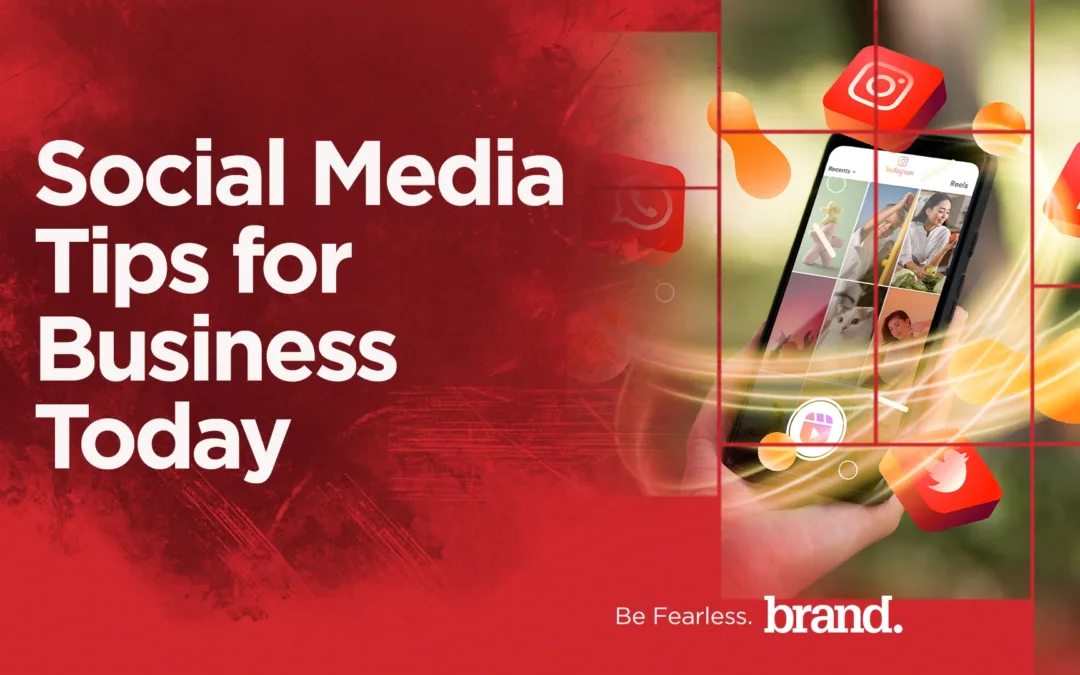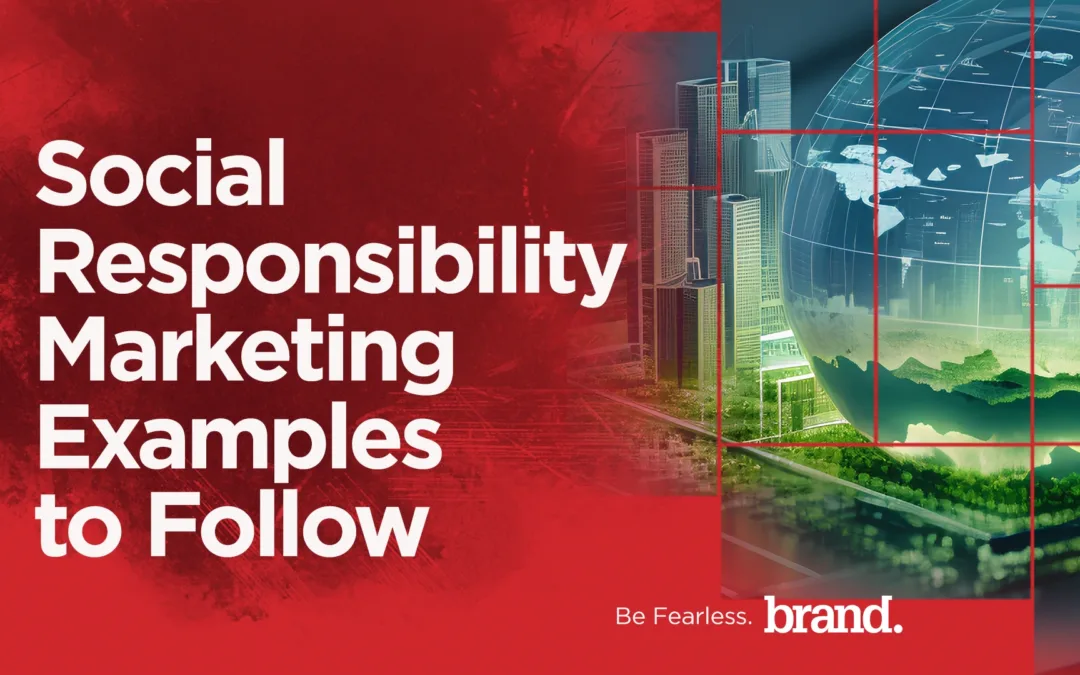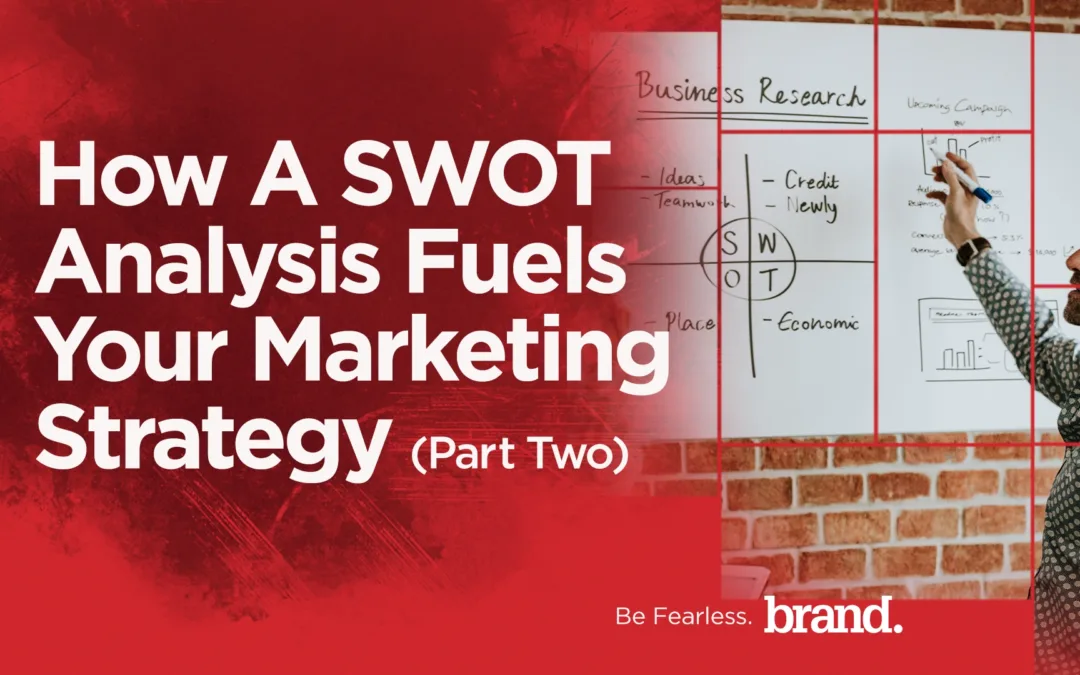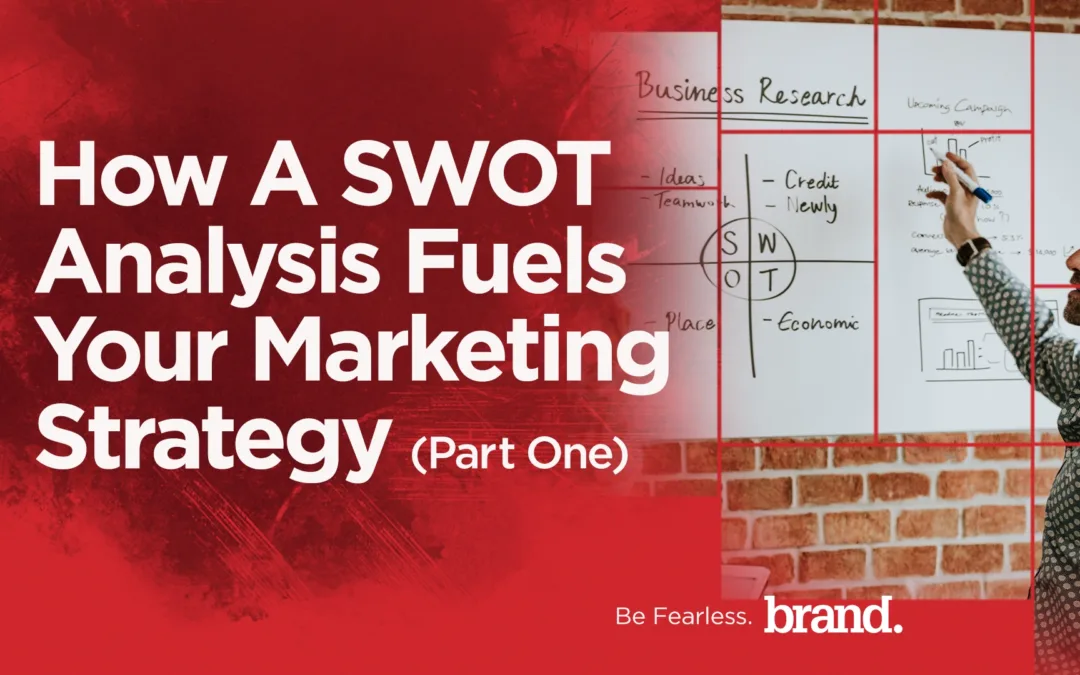In the ever-evolving world of marketing, new strategies and frameworks emerge to meet the changing demands of consumers. One such approach is flywheel marketing, which is gaining significant traction and beginning to replace traditional funnel marketing.
This term ‘flywheel marketing’ may be completely new to you, but not to worry! In this article, we explore the concept of flywheel marketing, its effectiveness, and how to achieve success with it.
What is Flywheel Marketing?
Flywheel marketing strategy focuses on delivering an incredible customer experience, and it does so across multiple consumer touchpoints. Although considered an inbound strategy, it can and should integrate inbound and outbound efforts while keeping customers at the center of the strategy for maximum leverage. This endeavor revolves around building and maintaining positive momentum with customers.
With this model, your business zeroes in on not only how to attract new clients and consumers, but also how to strategically keep them engaged with your brand, its products and/or services, and most importantly creates lifetime consumers and brand advocates, for free. It’s a continuous cycle of attracting, engaging, and delighting customers. Flywheel marketing, or the flywheel marketing strategy fosters customer satisfaction and plays a key role in the success of this inbound marketing strategy.
The Three Spokes
The three spokes of flywheel marketing, Attract, Engage, and Delight, are the three integral components that drive the continuous momentum and customer-centric approach of this strategy.
- Attract – This first spoke involves creating awareness and generating interest in your brand, products, or services. This is about attracting customers with engaging content, whether through outbound advertising or inbound marketing strategies. Businesses can attract potential customers organically by producing relevant and engaging content, such as social media content, articles, or ads.
- Engage – Now, once you have attracted potential customers, it’s important to foster these relationships and provide meaningful interactions by utilizing tools such as SMS, email marketing, and or social media channels effectively. Businesses can communicate with their audience, address queries and concerns, and create a sense of community. These personalized interactions aid in the conversion of leads into actual customers.
- Delight – Lastly, delighting customers involves exceeding their expectations and creating exceptional experiences. This can be achieved by leveraging various customer retention strategies, including loyalty memberships, rewarding behavior tactics, faster interaction, and much more. Through this cycle of consistent delight, businesses can build long-lasting relationships and drive customer satisfaction. In turn, these satisfied customers will speak highly of your brand to friends and family. This generates positive word-of-mouth referrals, contributing to the overall momentum of the flywheel. As such, the flywheel framework allows businesses to create a virtuous cycle, which is why many businesses have seen success with it. As customers are attracted and engaged, their positive experiences and satisfaction contribute to their loyalty and advocacy. The positive feedback loop contributes to word-of-mouth marketing, referrals, and positive online reviews, which, in turn, attracts new customers, creating a continuous loop of momentum and growth.
Replacing Traditional Sales Funnel Marketing
While both marketing frameworks focus on the movement of prospect to customer, the traditional sales funnel model is becoming less relevant and is slowly being replaced by the flywheel marketing strategy.
The funnel model tends to prioritize acquiring new customers and does not have any way of representing the cycle of repeat customers. Meanwhile, flywheel marketing acknowledges that existing customers are invaluable assets in not only customer retention but also in attracting new customers through word-of-mouth marketing. By placing the customer at the center of the framework, it recognizes the importance of customer experience throughout the entire customer journey.
The Omnichannel Approach Is Key for Flywheel Marketing Success
Now that we know the importance of flywheel marketing, how can you go about implementing it in your business? The thing about flywheel marketing is that it necessitates an omnichannel approach to maximize its effectiveness. The nature of the flywheel marketing elements of attracting, engaging, and delighting leads can only come from leveraging an omnichannel marketing approach.
An omnichannel approach involves integrating multiple channels in your marketing strategy, such as outbound advertising, inbound marketing, social media, loyalty memberships, email marketing, and more.
In the first spoke, attracting customers, outbound advertising and inbound marketing techniques can be leveraged. Outbound advertising enables businesses to reach a wider audience through targeted advertisements, while inbound marketing focuses on creating valuable content and optimizing websites for organic traffic.
As for engaging customers, social media efforts can play a big role here. Social media platforms provide an interactive space for businesses to build relationships, address queries, and encourage conversations with their audience. By engaging customers through social media, businesses can foster brand loyalty and advocacy.
Lastly and most importantly, delighting customers can be achieved through various channels, including loyalty memberships, SMS, and email. Loyalty programs reward customers for their ongoing support, fostering a sense of exclusivity and incentivizing repeat purchases. SMS and email allow businesses to provide personalized offers, updates, and valuable content, ensuring customers feel appreciated and engaged.
As such, an omnichannel approach ensures consistent messaging, seamless experiences, and personalized interactions across various touchpoints. By utilizing this marketing approach, businesses can attract, engage, and delight customers at every stage of their journey.
Learn More About Flywheel Marketing Strategy
Flywheel marketing, with its focus on continuous momentum and customer delight, presents a compelling alternative to the traditional funnel model. However, its success is intricately tied to the adoption of an omnichannel approach.
Want to learn more about this framework and how you can implement it as part of your marketing efforts? Reach out to us below today. Our team of talented and experienced marketers are more than happy to help you and your business grow.






